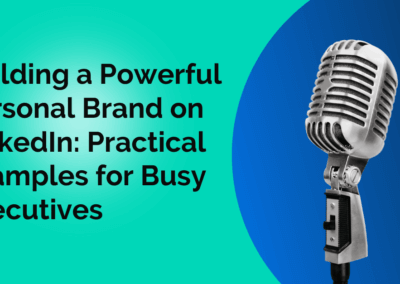First, let me introduce a key term that can help with navigating your relationship with a current buyer.
Buyer enablement. Sound familiar? No?
GREAT. That’s why you’re here.
Buyer enablement is achieved when your company provides accurate and efficient information to facilitate a prospective buyer’s decision making. We understand what our client’s needs are, however, implementing a buyer enablement strategy can enhance the purchasing experience and lead to higher conversion rates. Let me break it down in 3 steps…
1. Identifying your buyer
You may understand the company you’re trying to sell to, but you need to evaluate and understand the person behind the decision making. According to a yearly study performed by TrustRadius, almost 45% of buyers are millennials. As much as it might pain the Boomers and Gen-Xers, try to get in the mindset of your fastest-growing target audience. Defining who your buyer is and understanding their values allows you to accelerate the buying process and convert otherwise lost clients.
2. Adapting your content
Once you establish who your buyer is, you can better understand their values. Awesome! You’re about halfway there! A study from Think Google shows that 89% of B2B researchers leverage the internet to inform their purchasing decisions. This means you need to provide buyers with precise data on the web. In order to create the most effective content, Gartner lists four principles of buyer enablement:
Relevant: What are some obstacles your buyers face when it comes to making a decision on a Supplier? Eliminating menial barriers can give you an advantage over competitors
Easy: Is the information about your company accessible for an online buyer? B2B buyers spend only 17% of their time meeting with sales representatives
Useful: Is the information provided to the buyer effective? Distribute resources to buyers that can help them make a decision
Credible: Have you established trust with the information provided? Make sure your content is up-to-date with reliable sources
These are key questions to ask yourself to better understand buyer enablement.
3. “Grease the Buying Process”
How do you make the buying process simple?
Easy—make the buying process simple.
It’s very easy as a leader in marketing or sales to want control within the sales cycle. Research from Forrester shows that “60% of buyers would rather not communicate with sales reps as their primary information source.” Now before you think I’m under-appreciating the value of a sales rep, hear me out…
Sales are the backbone of every company. This statistic mentioned above is a breath of fresh air. You can spend less time trying to oversell and more time figuring out how to close the deal!
For content creators, create content with compelling calls to action through multiple media channels. You can also save your sales team time by providing relevant information that answers your buyer’s questions. The goal is to constantly adapt your content and allow the process to flow with the least amount of friction possible.
Now that you have the tools to enable buyers, go figure out your own unique approach and break the ceiling for your next quarter goals!
Have more questions? Reach out to us! We love helping companies set and reach their goals!




